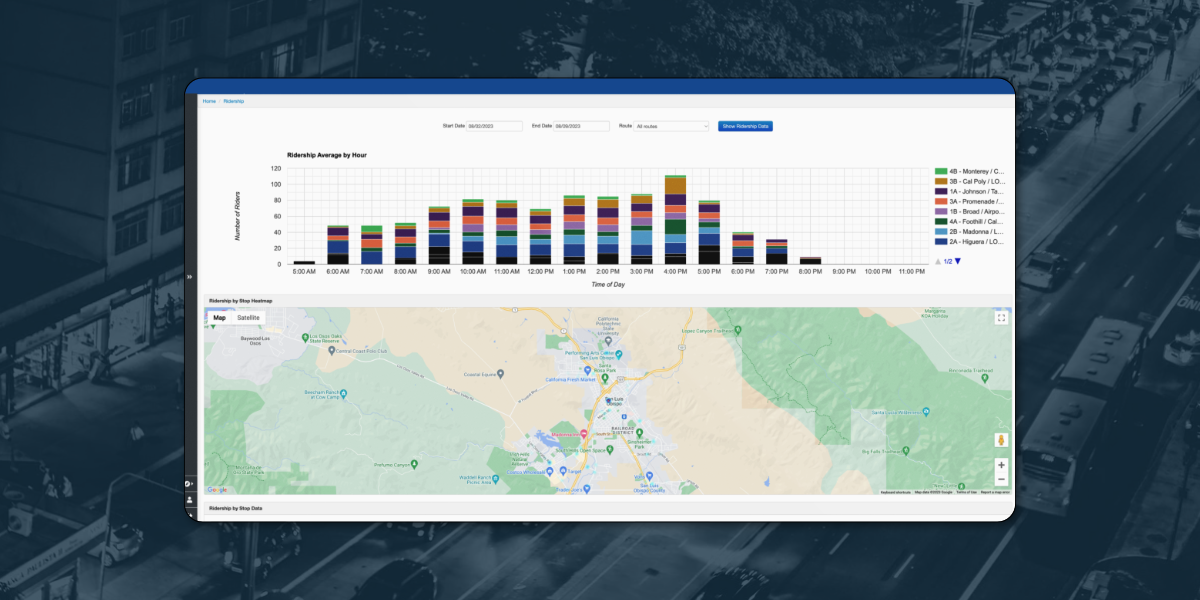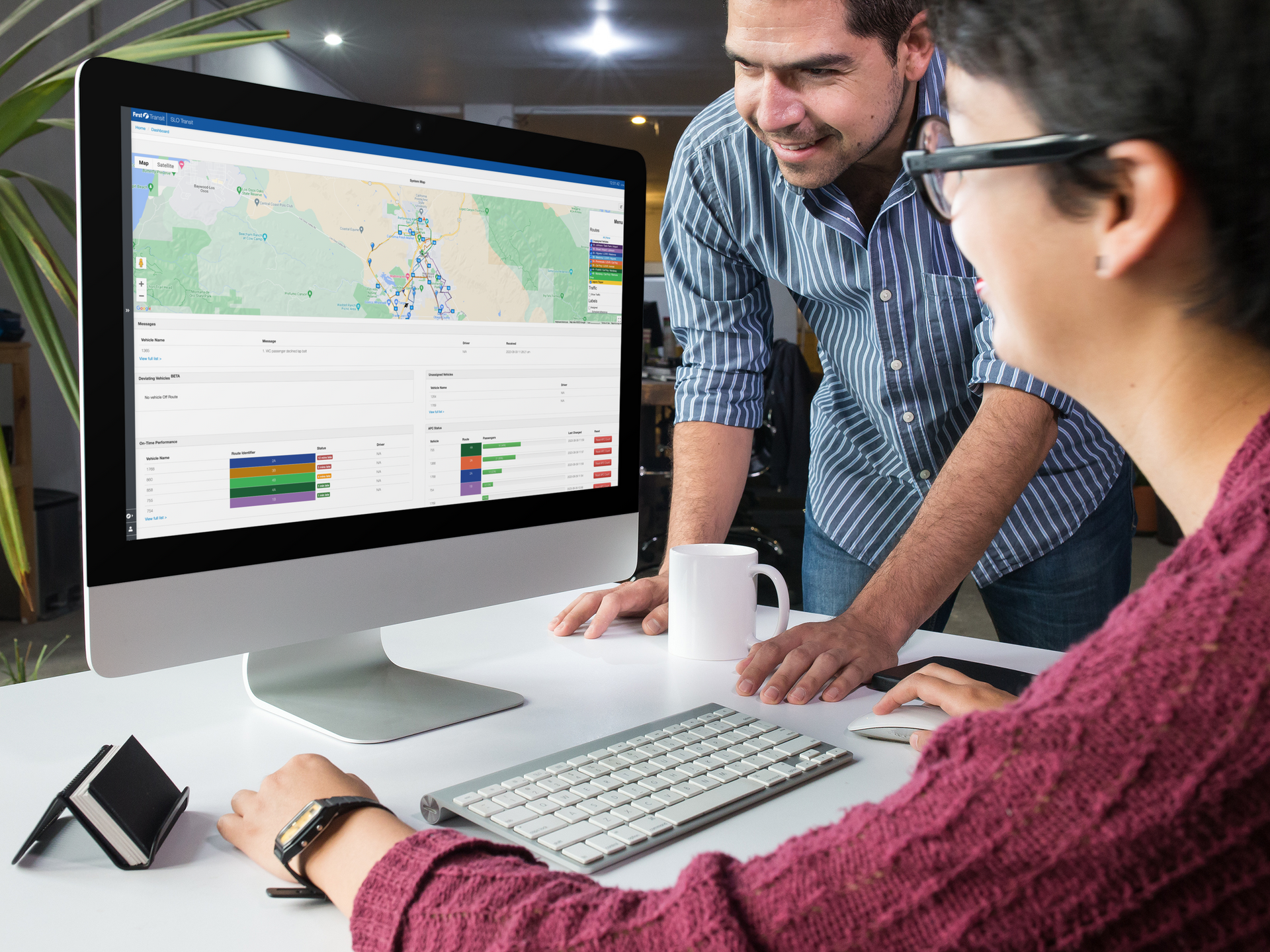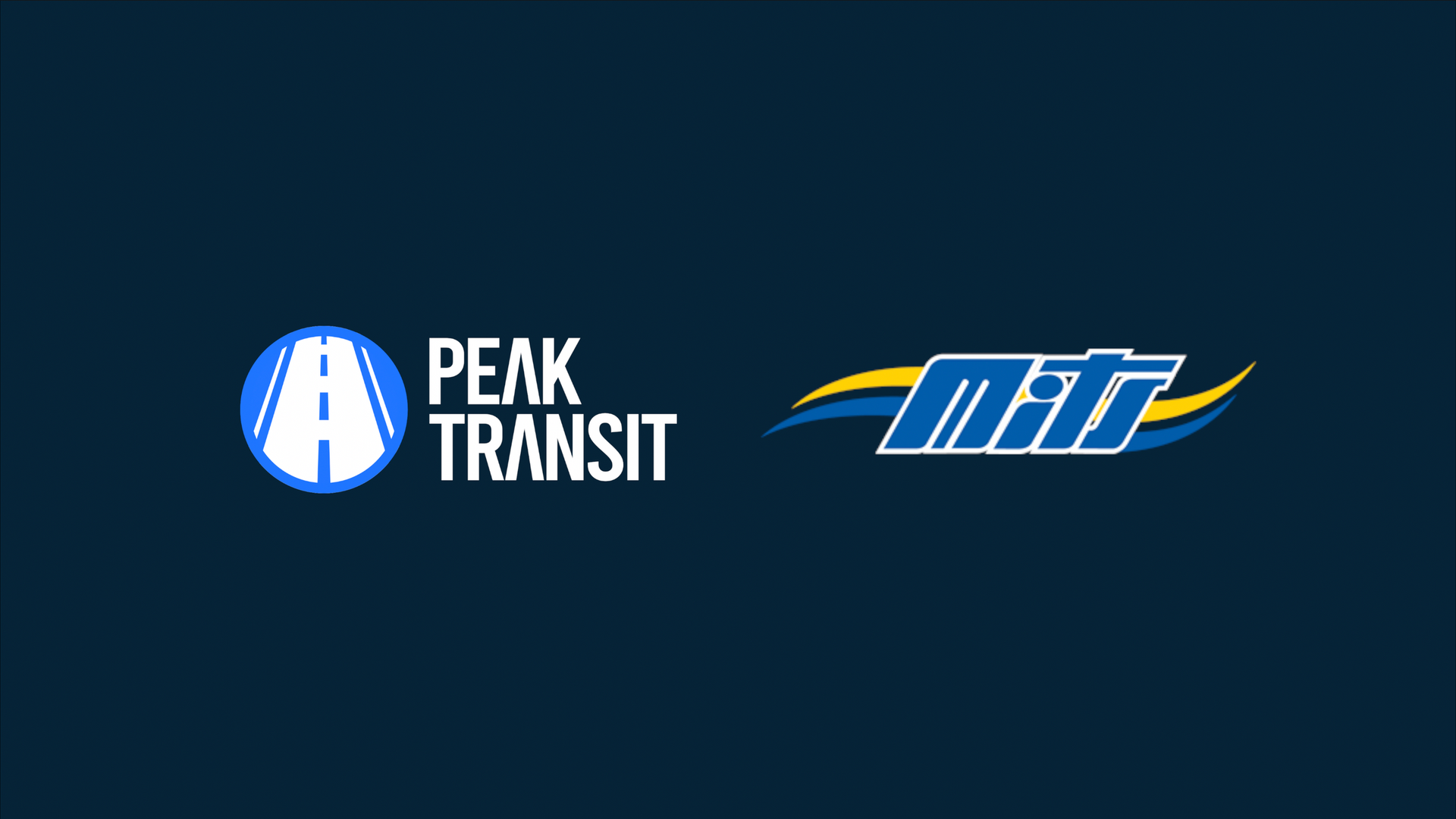
In the dynamic world of public transportation, ensuring safety and efficiency is paramount. One of the most effective tools for achieving these goals is the integration of Computer-Aided Dispatch and Automatic Vehicle Location (CAD/AVL) systems. These systems revolutionize transit operations by providing real-time data and analytics that empower transit agencies to optimize their services. In this blog, we explore the critical role of CAD/AVL systems in enhancing public safety and efficiency, with a spotlight on how Peak Transit's software contributes to creating safer and more reliable transportation environments.
The Essence of CAD/AVL Systems
CAD/AVL systems are the backbone of modern transit operations, combining computer-aided dispatching with automatic vehicle location tracking. These systems allow transit agencies to monitor and manage their fleets in real-time, providing valuable insights into vehicle locations, schedule adherence, and overall system performance. This real-time data is crucial for making informed decisions that enhance operational efficiency and passenger safety.
Enhancing Public Safety
Safety is a top priority for any transit system. CAD/AVL systems play a vital role in enhancing public safety through various mechanisms:
- Real-Time Monitoring: CAD/AVL systems provide transit agencies with real-time visibility into their fleets. This means that any deviations from the planned route, unusual stops, or emergencies can be detected immediately, allowing for swift response and intervention.
- Emergency Response: In case of emergencies, CAD/AVL systems enable quick communication between drivers and dispatch centers. Drivers can alert dispatchers to any incidents, who can then coordinate with emergency services to ensure rapid assistance.
- Passenger Information: Real-time information about vehicle locations and estimated arrival times keeps passengers informed, reducing anxiety and the potential for crowd-related incidents at bus stops or stations.
Boosting Operational Efficiency
Efficiency is another critical aspect where CAD/AVL systems make a significant impact. These systems streamline operations, reduce costs, and improve service reliability:
- Resource Allocation: By providing detailed insights into passenger demand and vehicle utilization, CAD/AVL systems help transit agencies allocate resources more effectively. This means that buses and trains are deployed where they are needed most, improving service frequency and coverage.
- Performance Analytics: CAD/AVL systems generate comprehensive reports and analytics on various performance metrics. Transit agencies can use this data to identify areas for improvement, monitor key performance indicators, and make data-driven decisions.
- Driver Behavior Monitoring: Monitoring driver behavior through CAD/AVL systems can lead to safer and more efficient driving practices. Feedback and training based on this data can reduce instances of harsh braking, speeding, and other risky behaviors.
Peak Transit's CAD/AVL Solution
At Peak Transit, our CAD/AVL software is designed to meet the evolving needs of modern transit systems. Our solution offers:
- Modular Design: Customizable to fit the unique requirements of each transit agency, our modular CAD/AVL system ensures seamless integration and scalability.
- Real-Time Data Management: Our software provides real-time data on vehicle locations, schedule adherence, and passenger counts, empowering agencies to make informed decisions on the fly.
- Automatic Passenger Counting: With accurate passenger counting capabilities, agencies can better understand ridership patterns and adjust services accordingly.
- Digital Signage Integration: Our system integrates with digital signage, providing passengers with up-to-date information on routes, schedules, and service changes.
In conclusion, CAD/AVL systems are indispensable for enhancing public safety and operational efficiency in transit. Peak Transit's advanced software solutions offer the tools and insights needed to create safer, more reliable, and more efficient transportation environments. By embracing these technologies, transit agencies can ensure they are meeting the demands of today’s passengers while preparing for the future.





Peak Transit
Customizable software and hardware solutions to help you monitor vehicles, support drivers, and keep passengers informed.
© 2024, Peak Transit, LLC | Privacy | Terms of Service




